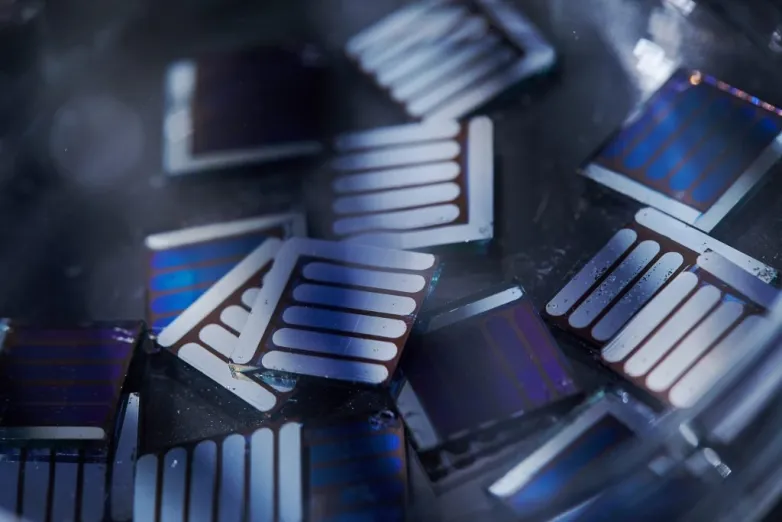Silicon and perovskites should stick together, say Korean scientists
Sep 13, 2019 05:22 PM ET
- Researchers from the Ulsan Institute of Science and Technology have demonstrated a new method of fabricating perovskite-on-silicon tandem devices, using a transparent conductive adhesive to combine the two cells. The scientists have developed devices with demonstrated efficiencies of 19.4%, and propose strategies to bring that above 24% using existing technology.

Scientists at the Ulsan Institute of Science and Technology (UNIST) in South Korea have demonstrated a new method for fabricating a tandem cell device using perovskite on silicon.
The device, described in a paper in Nano Materials, uses a transparent conductive adhesive (TCA) to bond the two cells together rather than the typical stacking method. UNIST achieved 19.4% cell efficiency using the method and the researchers say with tweaks to the process, they expect to take the figure above 24%.
While the figure is still well below the 28% record for a perovskite/silicon tandem cell set by Oxford PV, the UNIST group says its method is far simpler to manufacture than previous concepts. “It is meaningful to develop an attached tandem solar cell unlike the conventional tandem solar cell with stacked structure,” said UNIST’s In Young Choi, lead author of the study. “We have observed that the TCA effectively connects the different light-absorbing layers.”
Losses at the interface between two cell layers are a key consideration when it comes to improvements in tandem cell performance, and UNIST claims its adhesive presents an effective solution. The paper reported the adhesive effectively fills tiny gaps between the cell layers caused by the pyramid-like surface of crystalline silicon.
The adhesive is a polymer embedded with silver coated microparticles that help electrons move well between the two active layers. The group said its tandem cell structure would also offer excellent long term stability without the need for encapsulation, even in humid environments.
Also read


